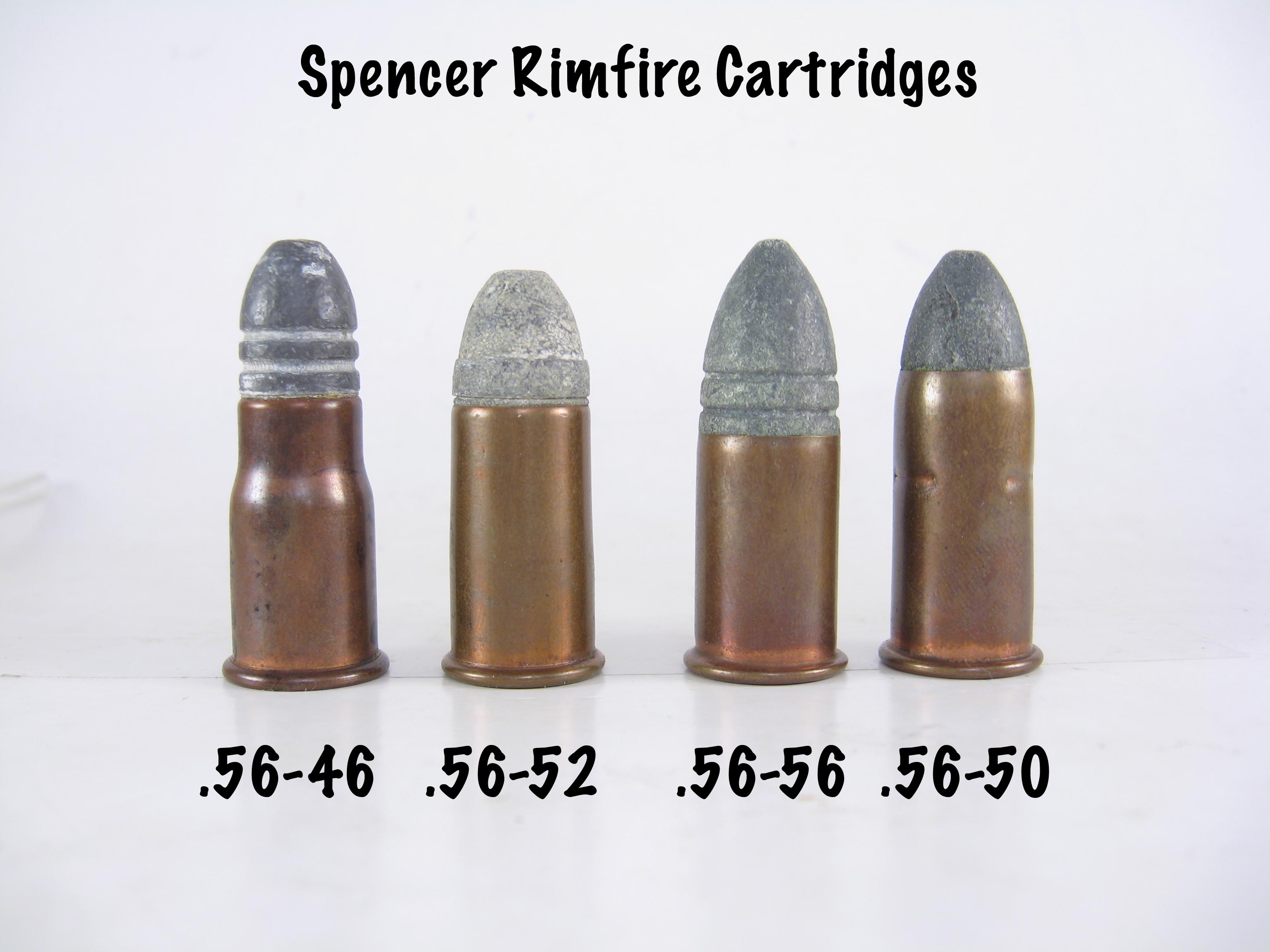Atla
Member
- Joined
- Feb 6, 2008
- Messages
- 350
Let's say you needed to kill something rather large and thick skinned.
You've a Spencer Repeating Carbine, which round would be more ideal to the task?
This is research for a novel btw. The main characters Winchester Model 73 is destroyed, his back up is this rifle.
From what my research shows in 1864 the Spencer Repeating Carbine was changed over to the .56-50. While the .56-50 cartridge would work in previous .56-56 rifles, the .56-56 would not chamber in the newer .56-50.
Correct?
Thank you all in advance.
You've a Spencer Repeating Carbine, which round would be more ideal to the task?
This is research for a novel btw. The main characters Winchester Model 73 is destroyed, his back up is this rifle.
From what my research shows in 1864 the Spencer Repeating Carbine was changed over to the .56-50. While the .56-50 cartridge would work in previous .56-56 rifles, the .56-56 would not chamber in the newer .56-50.
Correct?
Thank you all in advance.


